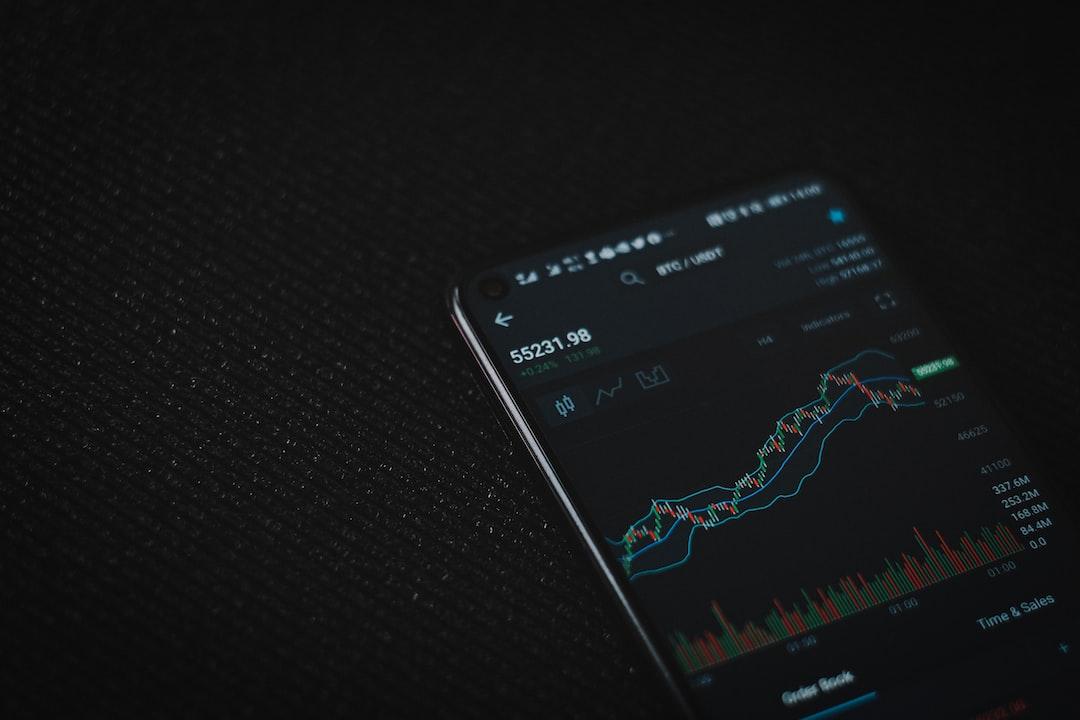Bitcoin (BTC) is generating a wealth of amusing memes this week, and it’s not just because of the “4/20” halving date. The success of spot Bitcoin exchange-traded funds (ETFs) has led market observers to celebrate a halving that seems “almost too perfect.” While BTC price action has been relatively flat during this halving, its timing has given some the sense that it was all destined to happen. Eric Balchunas, a dedicated ETF analyst at Bloomberg Intelligence, pointed out an interesting coincidence on the halving day. Not only did this significant event occur on April 20, a date with its own meme significance, but the largest US spot Bitcoin ETF also recorded 69 consecutive days of inflows. Balchunas summarized this as “a little too perfect.”
Although Bitcoin ETFs have experienced a slowdown in inflows since reaching their peak in March, BlackRock’s iShares Bitcoin Trust (IBIT), the largest ETF by assets under management, has not seen a single day of outflows. Recent data from Farside, a UK-based investment firm, suggests that momentum is tentatively returning to ETF flows towards the end of last week. On April 19, IBIT received just under $30 million in inflows, while the second-largest ETF managed nearly $55 million.
In contrast, outflows from the Grayscale Bitcoin Trust (GBTC) were relatively modest on the day, totaling $45.8 million. GBTC has been a subject of debate in the cryptocurrency community.
The performance of Bitcoin ETFs has divided opinions. Recent 13F filings have raised concerns that these ETFs have not gained widespread acceptance among mainstream investors. Jim Bianco, the creator of macro research firm Biacno Research, called it a “disappointment” when discussing first-quarter allocation data. He added that unrealized gains are diminishing rapidly compared to current BTC price action.
However, Balchunas countered this argument by suggesting that asset managers see Bitcoin ETFs as a spicy condiment. He mentioned that IBIT currently has around 60 reported holders, accounting for only a minuscule 0.4% of total shares outstanding.
It’s important to note that this article does not provide investment advice or recommendations. Readers should conduct their own research and make informed decisions when it comes to investments and trading, as they inherently involve risks.

